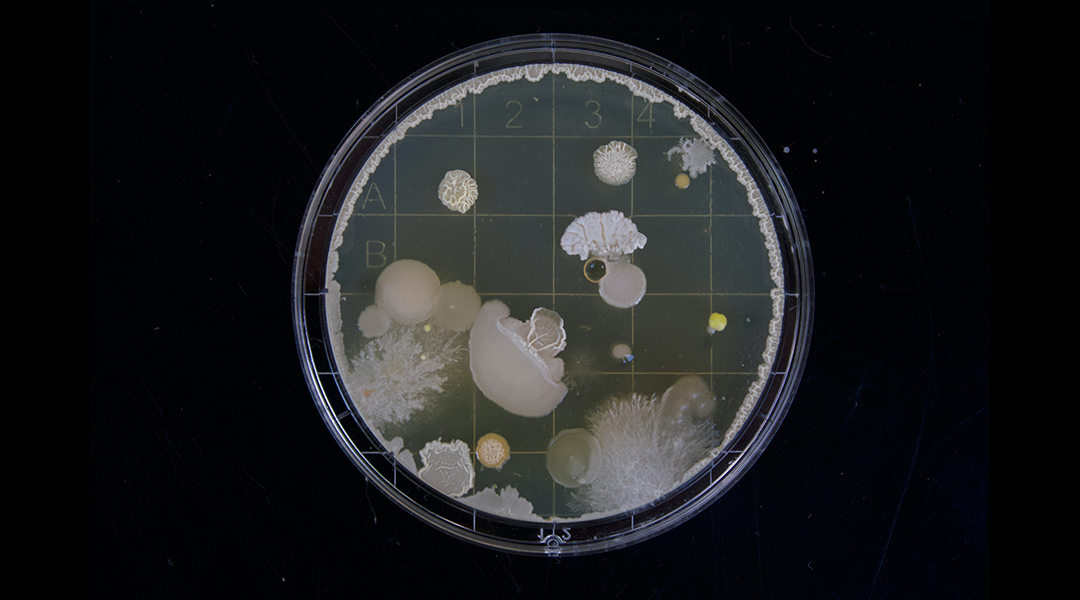Made of self-assembling nanoparticles and a microgel, this new material could overcome limitations in 3D bioprinting.


Made of self-assembling nanoparticles and a microgel, this new material could overcome limitations in 3D bioprinting.

The Hollywood technology that brings impossible creations to life onscreen could bring better, fairer care to patients around the world.

A new coating designed for sub-ambient radiative cooling could help combat global warming by curbing energy use.

Composers with the Multiverse Concert Series work with chemists to turn polymeric structures into musical works of art.

Imaging a black hole is not an easy thing, it takes years of experiments, collaborations, grants, planning, and no small amount of luck.

A short course of the drug rapamycin in mice and fruit flies provided anti-aging benefits and an extended lifespan.

A selective weapon that can be remotely controlled to kill bacteria independently or in concert with current antibiotic approaches.

Direct air capture can find its roots in antiquity and will be a major technology for the future.

Physicists at the Gemini Observatory have found a new mass limit for massive stars, and found it to be lower than previously thought.

Astronomers are discovering that the rate of star formation in the universe is dropping, and they want to know why.